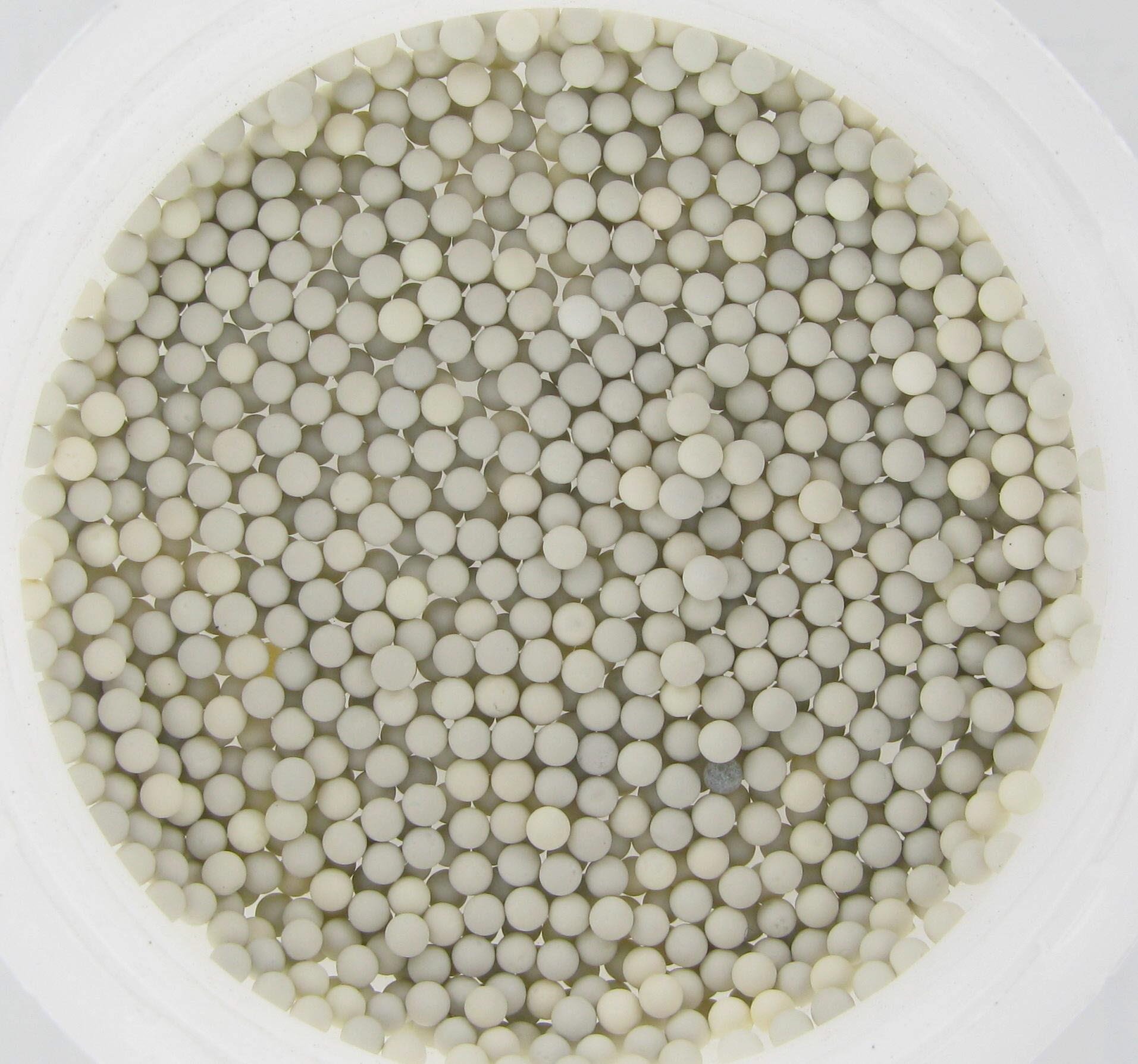
Since 1940, dual function catalysts have been converting low-octane naphtha from crude oil into aromatics feedstock (benzene, toluene and xylenes for petrochemicals) and into higher-octane blend stock (for gasoline production), while producing valuable hydrogen as a byproduct.
This technology became known as “catalytic naphtha reforming”, meaning that aromatics feedstock and high-octane blend stock are produced through a rearrangement of naphta molecules called “reforming”, without any alteration of the number of carbon atoms per molecule.
Catalytic naphtha reformers are key units in every single refinery or petrochemical plant.
Catalytic reforming technologies have evolved throughout the years, following the different upgrades of catalytic solutions, starting with conventional semi-regenerative reformers (high pressure fixed bed reactors) in the early 1950s, and cyclic reformers (high pressure fixed bed reactor with the possibility of swinging one of the reactors into regeneration mode while keeping the other ones on-line) in the mid-50s. Continuous Catalyst Regenerative (CCR) Reformers (low pressure type reformers with a catalyst circulation system) followed in the 1970s. The late 1980s saw the commercialization of Dualforming®, Axens’ hybrid technology combining CCR and Conventional Semi-Regenerative reformers.
Today, updated technologies and new catalyst formulation developments keep pushing for higher selectivity and higher stability, with lower operational costs. The Reforming story is never ending, and R&D and innovation play a key part in developing tomorrow’s technologies.
Axens’ reforming solution perfectly fits the recent demand for huge aromatics production complexes. Three of Axens Aromizing™ units using a continuous catalytic regenerative (CCR) reforming process will contribute to maximize aromatics production of China’s first crude-to-paraxylene complex (Hengli Group).
Axens reforming technology is also a perfect fit for projects in “smaller” gasoline markets such as Egypt’s or Thailand’s. Bangchak Petroleum recently selected Axens CCR Octanizing™ Technology for an energy, efficiency and environment improvement project in its Bangkok refinery.
Last but not least, Axens developed Symphony™, a range of catalysts of which the performance is observed regardless of the type of reforming unit (CCR, semi regenerative or cyclic) and the severity of the operation.
Symphony™ catalysts are able to answer the needs of the about 750 existing units in the world. I like to say that Symphony™ gave a new beat to the reforming world! Over 65 Symphony™ references were adopted in the last 3 years.